Search
- Page Path
-
- HOME
- Search
- Original Article
- Factors associated with thiamin deficiency in pediatric patients with heart disease and receiving diuretics: a single-center study
- Phakwan Laohathai, Rathaporn Sumboonnanonda, Puthita Saengpanit, Chodchanok Vijarnsorn, Chatchawan Srisawat, Kwanjai Chotipanang, Sarawut Junnu, Supawan Kunnangja, Hathaichanok Rukprayoon, Phakkanan Phuangphan, Sompong Liammongkolkul, Arthima Phaokong, Narumon Densupsoontorn
-
Background: Thiamin deficiency (TD) manifesting clinically as wet beriberi can significantly impair a patient's cardiac function. Children with heart disease who are receiving diuretic treatment may be at increased risk for severe clinical manifestations of TD.
Purpose: This study aimed to determine the prevalence of TD and evaluate the association between various factors with thiamin status in pediatric patients with... -
DOI: https://doi.org/10.3345/cep.2024.01893 [Accepted]
- Treatment and clinical outcomes of pediatric autoimmune hemolytic anemia: real-world single-center data from Korea
- Young Dai Kwon, Eun Sun Jung, Yeon Jung Lim
-
Background: Autoimmune hemolytic anemia (AIHA) is rare and characterized by hemolytic anemia with a positive direct antiglobulin test result after the exclusion of other causes. While adults often relapse within 1 year of first-line steroid therapy, children generally respond well. However, current treatment approaches lack substantial evidence and are primarily expert opinion–based.
Purpose: This study aimed to contribute our single-center... -
DOI: https://doi.org/10.3345/cep.2024.02026 [Accepted]
- Establishing an induced pluripotent stem cell bank using urine cells from pediatric patients with neurogenetic diseases
- Hien Bao Dieu Thai, WonWoo Jung, Sol Choi, Woo Joong Kim, JangSup Moon, ByungChan Lim
-
Background: Inadequate knowledge of the fundamental mechanisms underlying pediatric neurological disorders impedes their effective treatment. Induced pluripotent stem cells (iPSCs) are essential for exploring the course of neurological diseases because they enable disease modeling at the cellular level.
Purpose: This study aimed to generate an iPSC bank using urine cells (UCs) for clinical applications, particularly the study of pediatric neurogenetic diseases.... -
DOI: https://doi.org/10.3345/cep.2024.01830 [Accepted]
- Efficacy and safety of carbon dioxide versus room-air insufflation in pediatric colonoscopy: a randomized controlled trial
- Ajay Aravind, Ujjal Poddar, Anshu Srivastava, Moinak Sen Sarma
-
Background: Adequately powered studies in children are scarce and there are reports on the risk of carbon dioxide (CO2) retention after colonoscopy.
Purpose: This study investigated the efficacy and safety of CO2 insufflation in children undergoing colonoscopy. Methods: This prospective randomized clinical trial was conducted at a tertiary care hospital between March 2023 and July 2024. We recruited 200 consecutive children... -
DOI: https://doi.org/10.3345/cep.2024.02012 [Accepted]
- Review Article
- Protocolized sedation may reduce ventilation and sedation requirements in the pediatric intensive care unit: a systematic review and meta-analysis
- Ambrus Szemere, Alíz Fazekas, Anna Réka Sebestyén, Rani Ezzeddine, Veronika Upor, Marie Anne Engh, Péter Hegyi, Zsolt Molnár, Klára Horváth
-
This study aimed to evaluate the effectiveness and safety of protocolized sedation in mechanically ventilated pediatric intensive care unit (PICU) patients. A comprehensive search was conducted in MEDLINE, CENTRAL, Embase, Web of Science, and Scopus from inception to October 18, 2023. Randomized controlled trials and observational studies that compared protocol-directed sedation management with conventional sedation regimens in pediatric patients who... -
DOI: https://doi.org/10.3345/cep.2024.01711 [Accepted]
- Original Article
- Prognostic role of midregional proadrenomedullin in predicting infection in pediatric cancer with febrile neutropenia
- Seham Ragab, Sara El-Deeb, Ahmed Saeed, Asmaa Mahmoud
-
Background: Febrile neutropenia (FN) remains an important complication of cytotoxic chemotherapy for which an urgent and appropriate evaluation is imperative.
Purpose: To assess the diagnostic and prognostic roles of mid-regional pro-adrenomedullin (MR-ProADM) levels in predicting infection in patients with FN. Methods: This comparative cross-sectional study included 137 patients with chemotherapy-induced FN. Complete blood count, C-reactive protein (CRP), procalcitonin, and MR-ProADM were... -
DOI: https://doi.org/10.3345/cep.2024.01620 [Accepted]
-
- Review Article
- Cardiology
- Lifelong impact of elevated blood pressure from childhood to adulthood
- Junhyun Kwon, Eunji Kim
- Clin Exp Pediatr. 2025;68(4):278-286. Published online November 28, 2024
-

· Childhood blood pressure (BP) is significantly associated with adult hypertension and cardiovascular disease.
· Despite ongoing debate regarding the need for regular BP screening and early pharmacotherapy in children, the benefits of optimizing BP throughout childhood are clear.
· Childhood presents a critical window for normalizing BP through lifestyle modifications such as reducing sodium intake and increasing physical activity to promote lifelong cardiovascular health and prevent longterm complications.
- Neurology
- Cerebral organoid research for pediatric patients with neurological disorders
- Jin Eun, Jung Eun Lee, Seung Ho Yang
- Clin Exp Pediatr. 2025;68(4):269-277. Published online November 28, 2024
-

Cerebral organoids obtained from human induced pluripotent stem cells are transforming the study of pediatric neurological diseases by providing more accurate models of human brain development and pathology. These advancements have improved pathology modeling and the potential for novel therapeutic approaches despite existing challenges such as reproducibility and vascularization.
- Endocrinology
- Hidden link between endocrine-disrupting chemicals and pediatric obesity
- Min Won Shin, Shin-Hye Kim
- Clin Exp Pediatr. 2025;68(3):199-222. Published online November 28, 2024
-
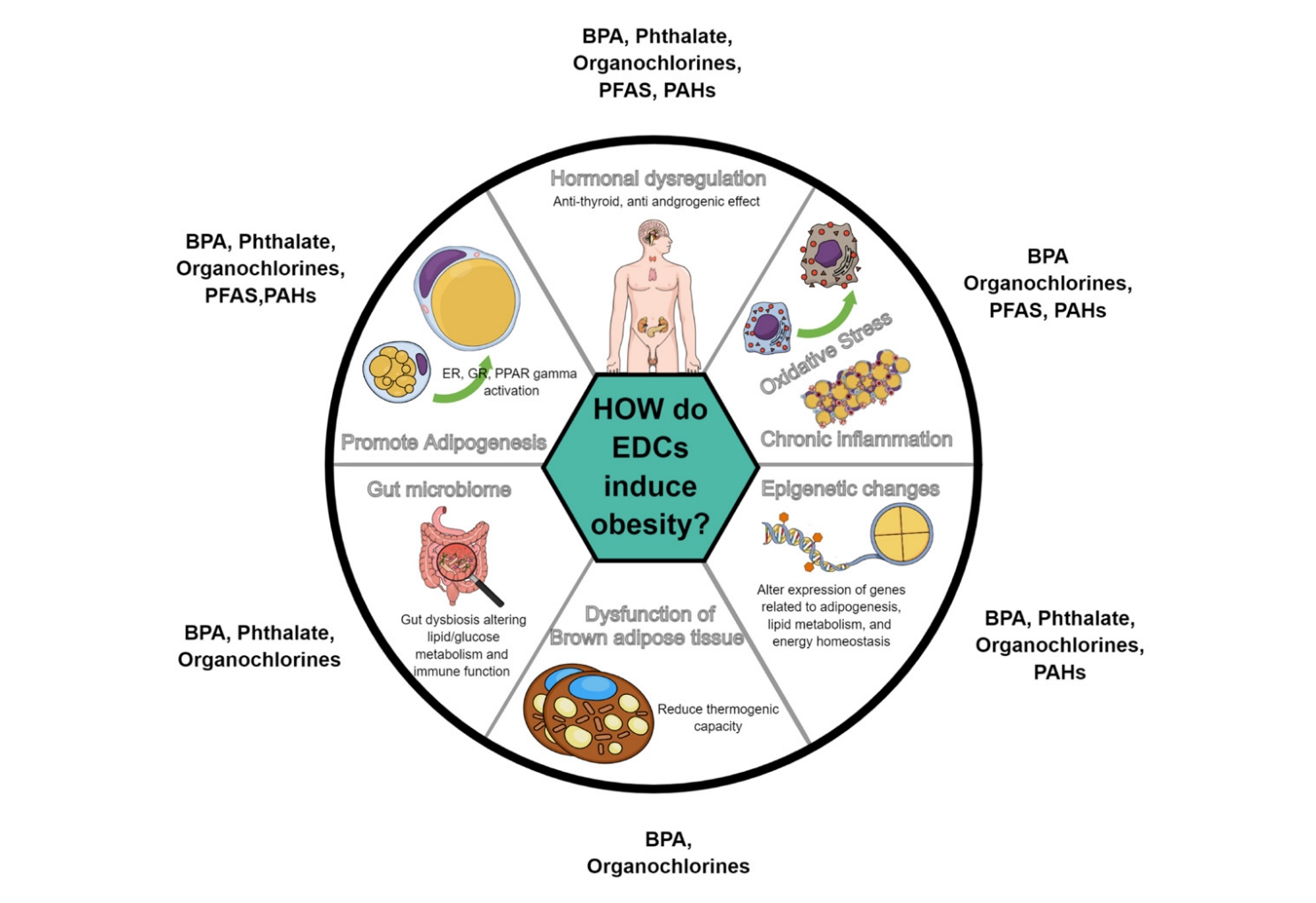
Studies indicate potential connections between exposure to endocrine-disrupting chemicals (EDCs) and childhood obesity. Variations in the impact of EDCs in epidemiological studies may result from differences in exposure concentrations and timing, measurement methods, and interactive effects of multiple EDCs. Longitudinal studies on exposure to multiple EDCs are crucial to elucidating their contribution to pediatric obesity and minimize the adverse health consequences of EDC exposure.
- Original Article
- Infection
- Clinical, biochemical, and genetic study of TACE/TNF-α/ACE signaling pathway in pediatric COVID-19 infection
- Ahmed El-Abd Ahmed, Sawsan M.A. Abuhamdah, Mohammed H. Hassan, Nagwan I. Rashwan, Eman A. Abd-Elmawgood, Haggagy Mansour, Hoda S. Sherkawy, Shymaa G. Rizk
- Clin Exp Pediatr. 2024;67(12):704-717. Published online November 27, 2024
-
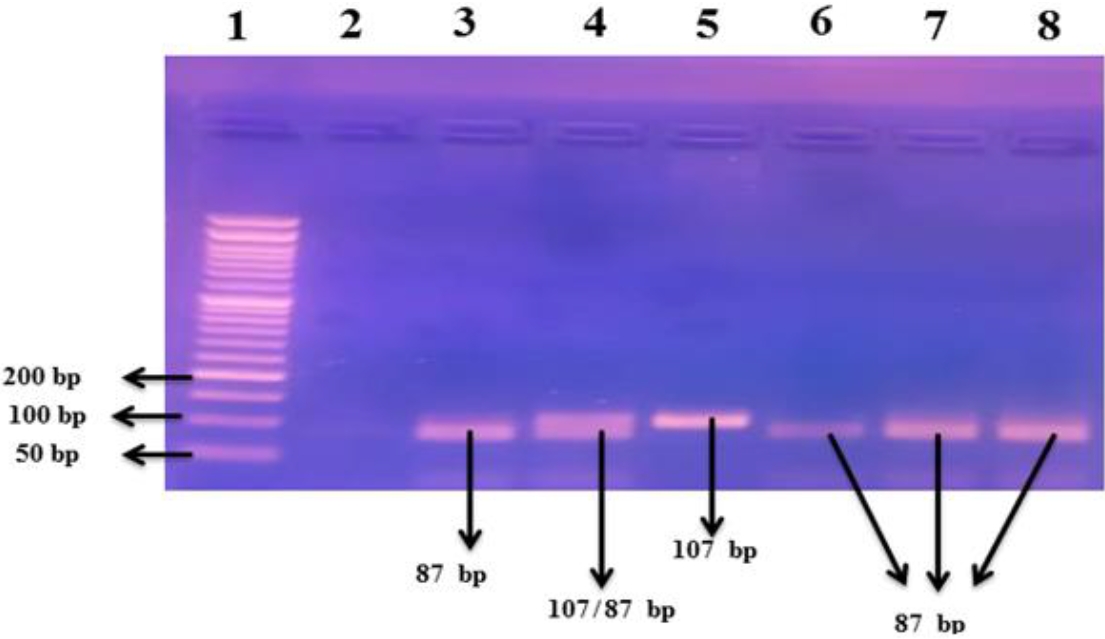
Question: Is the tumor necrosis factor (TNF) signaling pathway (TNF-α-converting enzyme [TACE]/TNF-α/angiotensin converting enzyme [ACE]) involved in pediatric coronavirus disease 2019 (COVID-19) infection?
Finding: Significantly increased circulating TACE/TNF-α and decreased ACE2 levels were noted. TNF-α-308G/A plays a significant role in susceptibility to COVID-19 infection among children. The ACE (I/D) (rs4646994) and ACE2 (rs2285666) single nucleotide polymorphisms lack significant associations with pediatric COVID-19 infection.
Meaning: The TNF signaling pathway participates in pediatric COVID-19 infection.
- Review Article
- General Pediatrics
- Prevalence of childhood overweight and obesity in Malaysia: a systematic review and meta-analysis
- Ker Yang Chua, Ker Yung Chua, Karuthan Chinna, Chooi Ling Lim, Maheeka Seneviwickrama
- Clin Exp Pediatr. 2025;68(2):115-126. Published online November 13, 2024
-
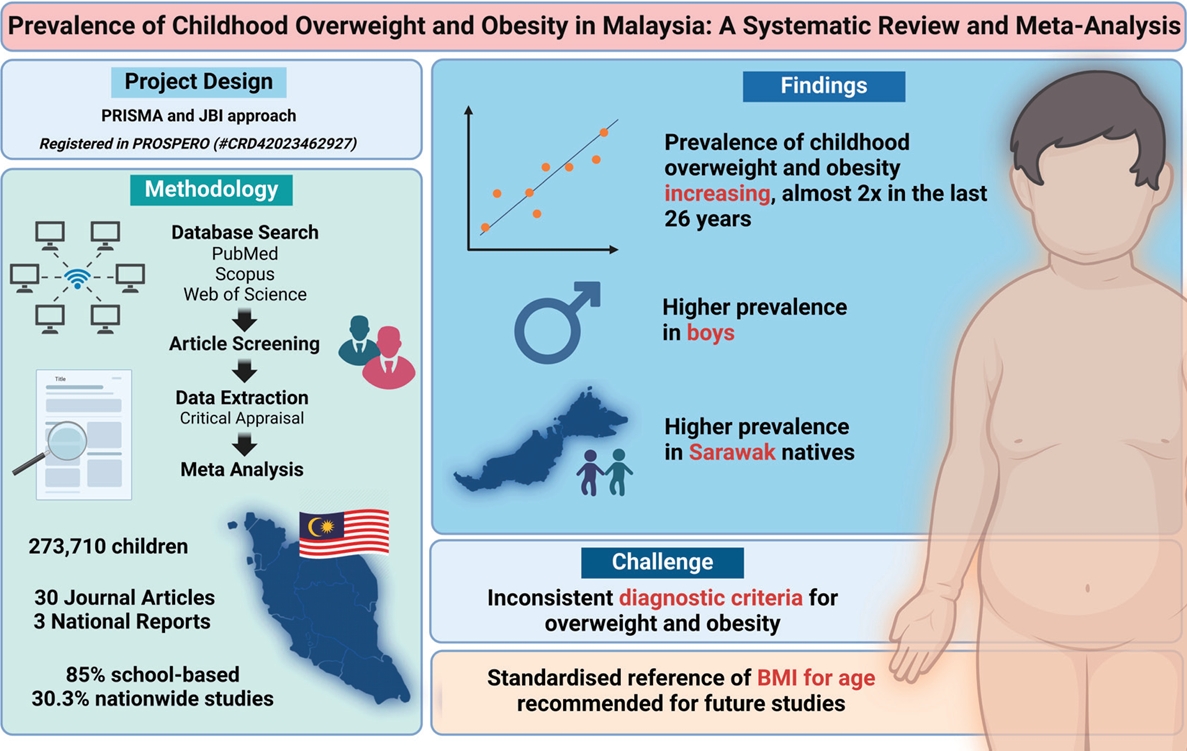
The incidence of childhood obesity is increasing worldwide. National surveys in Malaysia have shown similar trends. This review aimed to increase our understanding of the prevalence and associated factors of childhood overweight, obesity, and excess weight in Malaysia. A systematic review and meta-analysis were conducted of studies reporting the prevalence of overweight and obesity in Malaysian children aged <18 years....
- Original Article
- Other
- Balance assessment with decreased base of support for children with disabilities
- Guilherme M. Cesar, Madison Giebler, Thad W. Buster, Judith M. Burnfield
- Clin Exp Pediatr. 2024;67(12):718-724. Published online November 11, 2024
-
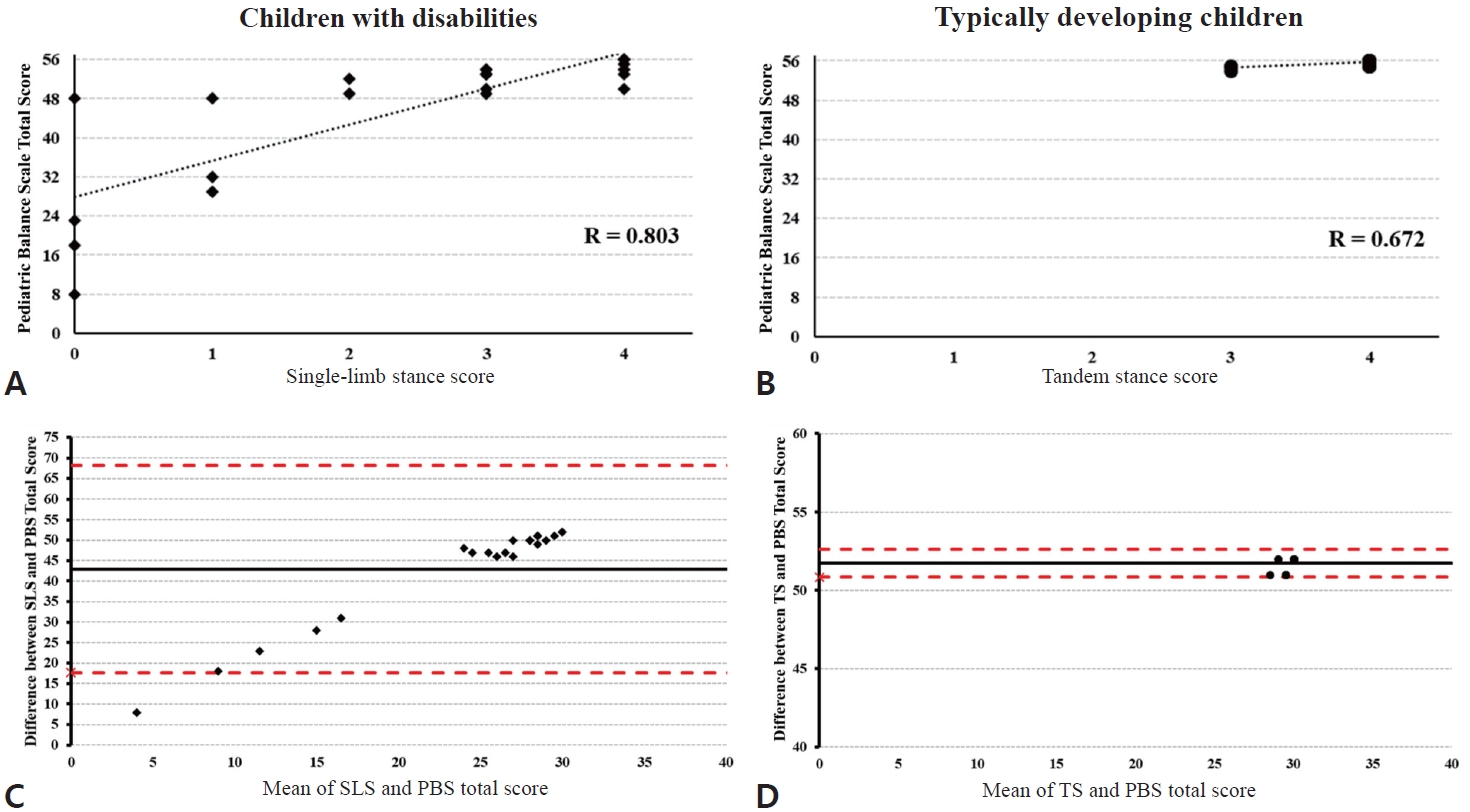
Question: Can a balance task with narrowed base of support indicate overall functional balance control in children with disabilities?
Finding: While single-limb standing could explain overall balance control for children with disabilities, it was unrelated with balance control for typically developing children.
Meaning: One balance task with narrowed base of support can be used as practical assessment of balance abilities for children with disabilities when allocated session time is of concern.
- Pulmonology
- Polysomnographic features of children with obesity: body mass index predict severe obstructive sleep apnea in obese children?
- Rungrat Sukharom, Prakarn Tovichien, Kanokporn Udomittipong, Pinyapach Tiamduangtawan, Wattanachai Chotinaiwattarakul
- Clin Exp Pediatr. 2025;68(1):80-90. Published online November 6, 2024
-

Question: How Common is obstructive sleep apnea (OSA) in obese children? OSA is common in obese children, even without habitual snoring.
Finding: Among the subjects, 60.6% had positional OSA, 40.2% had rapid eye movement-related OSA, 59.8% had desaturation, 20.5% had sleep-related hypoventilation, and 5.0% had obesity hypoventilation syndrome. Body mass index (BMI) and neck and waist circumferences were significantly associated with severe OSA.
Meaning: We recommend screening obese children (BMI > 29.2 kg/m2) for OSA.
- Review Article
- Other
- Microplastic and human health with focus on pediatric well-being: a comprehensive review and call for future studies
- Rogers Wainkwa Chia, Ntegang Venant Atem, Jin-Yong Lee, Jihye Cha
- Clin Exp Pediatr. 2025;68(1):1-15. Published online November 6, 2024
-

· Milk and formula are common sources of microplastic in infants.
· Water and air are the most common sources of microplastic pollution from infancy to adolescence.
· Microplastic use by children of all ages can cause cell damage and affect their health.
· Microplastics present in children can be quantified using a stereomicroscope and characterized using micro- Fourier transform infrared spectroscopy.
- Original Article
- Pulmonology
- Efficacies of different treatment strategies for infants hospitalized with acute bronchiolitis
- Hyeri Jeong, Dawon Park, Eun Kyo Ha, Ju Hee Kim, Jeewon Shin, Hey-Sung Baek, Hyunsoo Hwang, Youn Ho Shin, Hye Mi Jee, Man Yong Han
- Clin Exp Pediatr. 2024;67(11):608-618. Published online October 28, 2024
-

· This study analyzed 45 randomized controlled trials (5,061 participants, 13 interventions) of the comparative efficacies of treatments for acute bronchiolitis in infants.
· Inhalation therapy with epinephrine and hypertonic saline significantly reduced the length of hospital stay compared with normal saline.
· Hypertonic saline had the greatest ability to improve the clinical severity score of bronchiolitis in infants younger than 2 years of age.
- Review Article
- Neurology
- Role of nonpharmacological concussion management in children: systematic review of randomized controlled trials
- Andre Marolop Pangihutan Siahaan, Alvin Ivander, Rr. Suzy Indharty, Steven Tandean, Anastasia Grace Milenia Ginting, Masrini Ginting, Felix Khosasi, Elbert
- Clin Exp Pediatr. 2024;67(11):569-579. Published online October 28, 2024
-

The long-term effects of concussion for pediatric patient remains unclear. Children and teenagers do not experience or recover from concussion in the same manner as adults do. Concussions can cause a variety of anatomical and functional alterations. Nonpharmacological approach in pediatric concussion management is an understudied field of research with significant ability to affect prognosis and quality of life. Active rehabilitation and occupational therapy were especially promising.
- Endocrinology
- Two- versus one-bag fluid delivery in pediatric and adolescent diabetic ketoacidosis: a systematic review and meta-analysis
- Maya L. Nasser, Joseph Nasr, Reem B. Zalloum, Nathanael Q.E. Yap, Natalie E. Bourdakos, Shahid Miangul, Tara A. Betts, Hayato Nakanishi, Christian A. Than, Serge Jabbour
- Clin Exp Pediatr. 2024;67(10):486-497. Published online June 27, 2024
-

· The safety and efficacy of the two-bag versus one-bag system for treating patients with diabetic ketoacidosis (DKA) < 21 years remains unestablished.
· Our meta-analysis demonstrated similar safety outcomes but sooner DKA resolution and shorter mean response time for intravenous fluid changes for the two-bag system.
· This preliminary evidence suggests that the two-bag system has some advantages in efficacy, but further studies are needed to evaluate their extent.
- Other
- Use of virtual reality in children in a broad range of medical settings: a systematic narrative review of recent meta-analyses
- Emily Antonovics, Grammatina Boitsios, Thomas Saliba
- Clin Exp Pediatr. 2024;67(6):274-282. Published online May 21, 2024
-
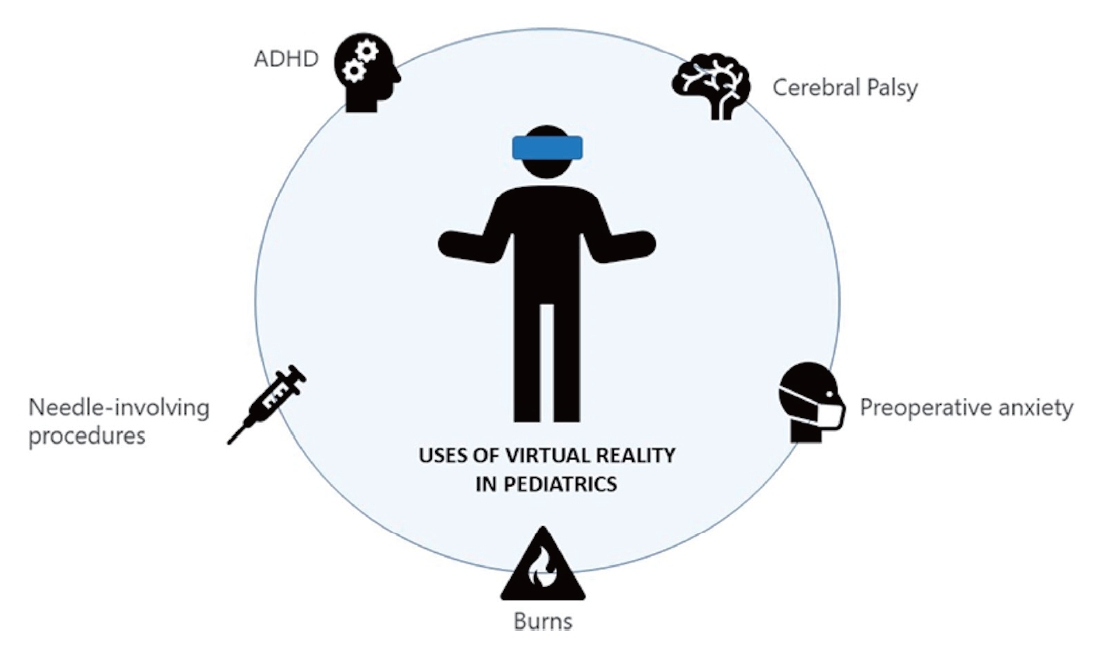
· Virtual reality (VR) is becoming increasingly common for entertainment and in medical settings.
· VR is useful for treating children with cerebral palsy.
· VR can help with attention deficit/hyperactivity disorder symptoms.
· VR can decrease pain perception in children undergoing burn wound care.
· VR can reduce preoperative anxiety.
· VR can reduce fear and pain during needle-involving procedures.
- General Pediatrics
- Metabolic complications of obesity in children and adolescents
- Hyunjin Park, Jung Eun Choi, Seunghee Jun, Hyelim Lee, Hae Soon Kim, Hye Ah Lee, Hyesook Park
- Clin Exp Pediatr. 2024;67(7):347-355. Published online November 16, 2023
-
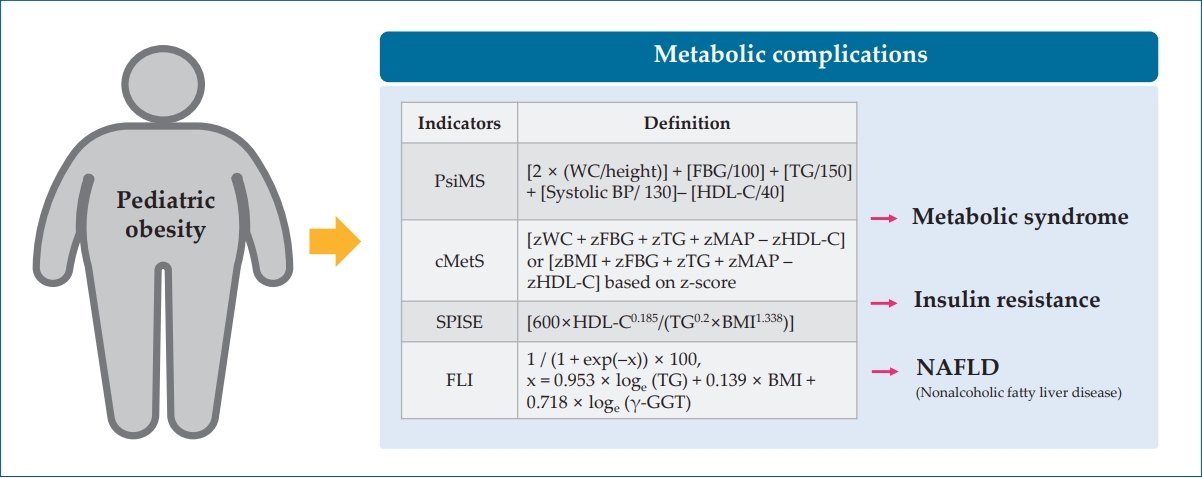
· Pediatric obesity increases the risk of metabolic complications (insulin resistance, dyslipidemia, nonalcoholic fatty liver disease) and long-term cardiovascular diseases.
· A new obesity definition and various indicators (continuous metabolic syndrome score, pediatric simple metabolic syndrome score, fatty liver index) have been proposed to evaluate children’s susceptibility to metabolic disorders.
· Laboratory and body composition tests in pediatric screenings can identify groups at high risk of metabolic complications of obesity.
- Cardiology
- Heart failure in children and adolescents: an update on diagnostic approaches and management
- Amit Agrawal, Dalwinder Janjua, Abdulrahman Ahmed Alsayed Ali Zeyada, Ahmed Taher Elsheikh
- Clin Exp Pediatr. 2024;67(4):178-190. Published online June 19, 2023
-
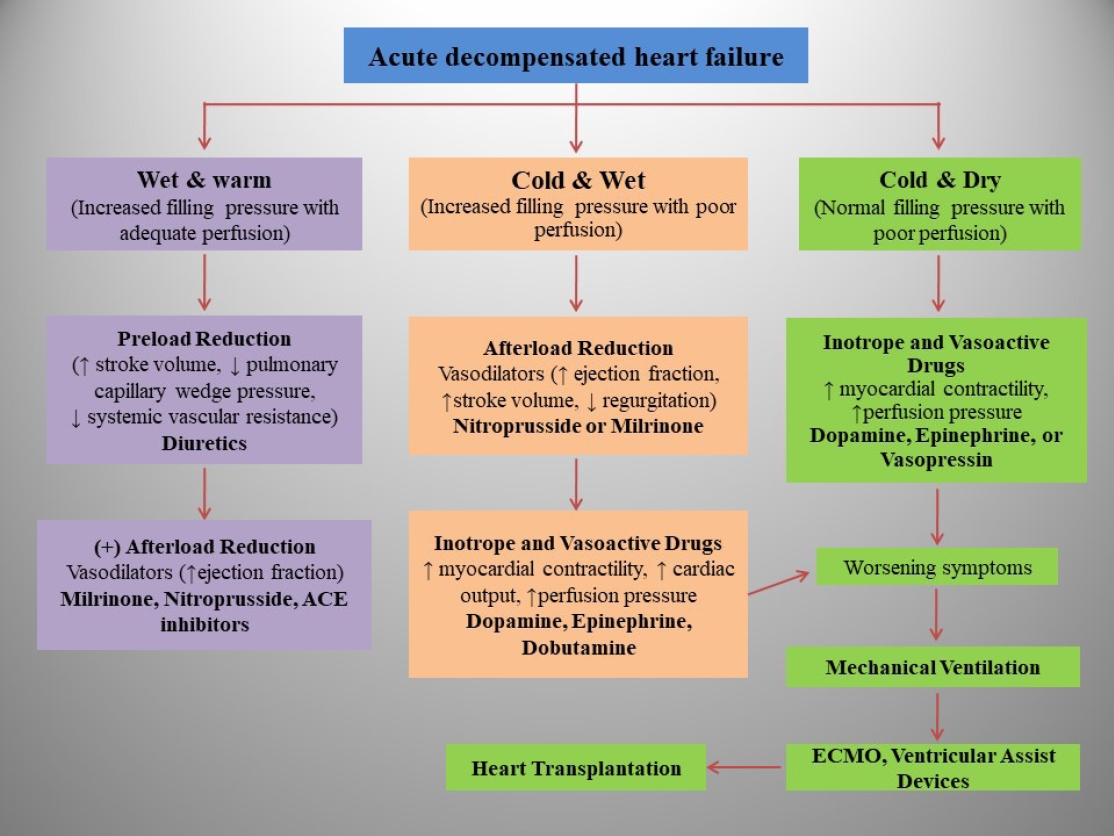
· Pediatric heart failure (PHF) is a clinical syndrome featuring various symptoms (shortness of breath, ankle swelling, fatigue) and signs (pulmonary crackles, peripheral edema).
· Congenital heart diseases are the most common underlying etiology of PHF, whereas myocarditis and primary cardio-myopathies are common in children without structural ab-normalities.
· PHF pathophysiology is complex and multifactorial and varies by etiology and age.
· PHF management includes decongestive therapy, treatment of underlying causes, preventing progression, and managing pulmonary or systemic obstructions.
· Drugs should be chosen based on pharmacodynamics, clinical manifestations, hemodynamic state, and renal function.
- Original Article
- General Pediatrics
- Virtual reality for pain reduction during intravenous injection in pediatrics: a systematic review and meta-analysis of controlled clinical trials
- Ensiyeh Jenabi, Saeid Bashirian, Amir Mohammad Salehi, Masoud Rafiee, Mozhdeh Bashirian
- Clin Exp Pediatr. 2023;66(12):533-537. Published online June 14, 2023
-
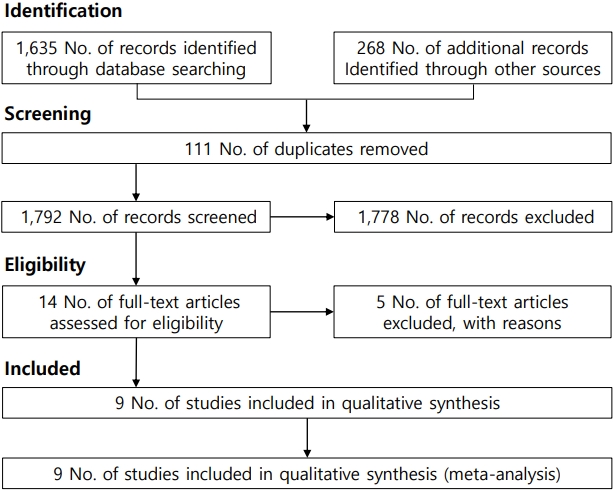
Question: This is the first meta-analysis to examine published evidence of the effectiveness of virtual reality at reducing pain during pediatric intravenous injections.
Finding: Our results suggest that virtual reality effectively reduces pain associated with intravenous injections in pediatric patients.
Meaning: These findings suggest the importance of virtual reality in decreasing the pain of intravenous injections among children.
- Gastroenterology
- Inferior vena cava to aorta ratio in dehydrated pediatric patients: a systematic review and meta-analysis
- Gilbert Sterling Octavius, Michelle Imanuelly, Johan Wibowo, Nadia Khoirunnisa Heryadi, Melanie Widjaja
- Clin Exp Pediatr. 2023;66(11):477-484. Published online June 14, 2023
-
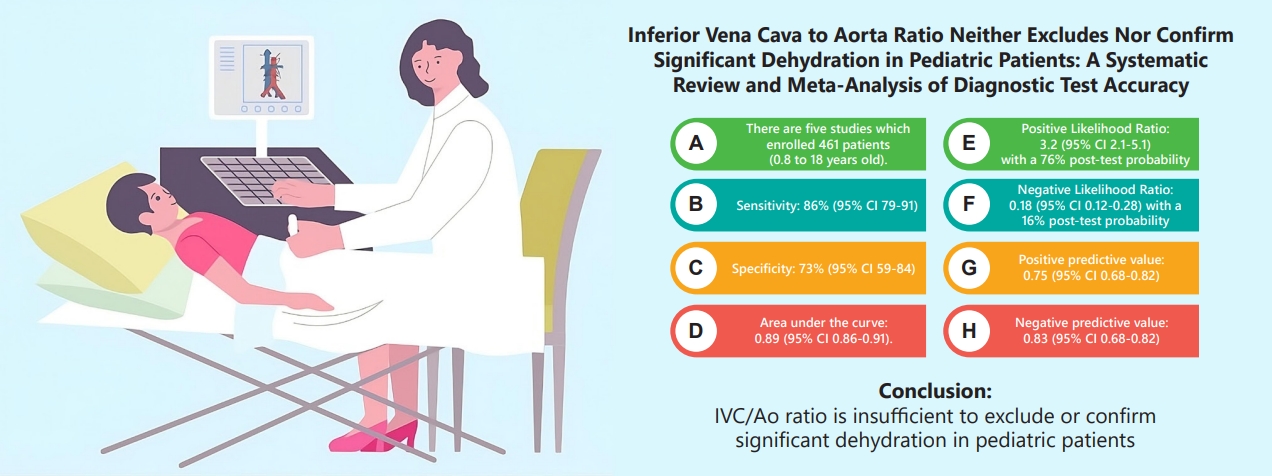
Question: The inferior vena cava to aorta (IVC/Ao) ratio measured via ultrasound has been touted as a promising noninvasive technique to assess clinically significant dehydration in pediatric patients.
Finding: Our meta-analysis found that IVC/Ao ratio had a positive likelihood ratio of 3.2 (95% confidence interval [CI], 2.1–5.1) and negative likelihood ratio of 0.18 (95% CI, 0.12–0.28).
Meaning: Hence, IVC/Ao ratio is insufficient to exclude or confirm significant dehydration in pediatric patients.
- Critical Care Medicine
- Timing of parenteral nutrition initiation in critically ill children: a randomized clinical trial
- Nagwan Y. Saleh, Hesham M. Aboelghar, Nehad B. Abdelaty, Mohamed I. Garib, Asmaa A. Mahmoud
- Clin Exp Pediatr. 2023;66(9):403-411. Published online June 14, 2023
-
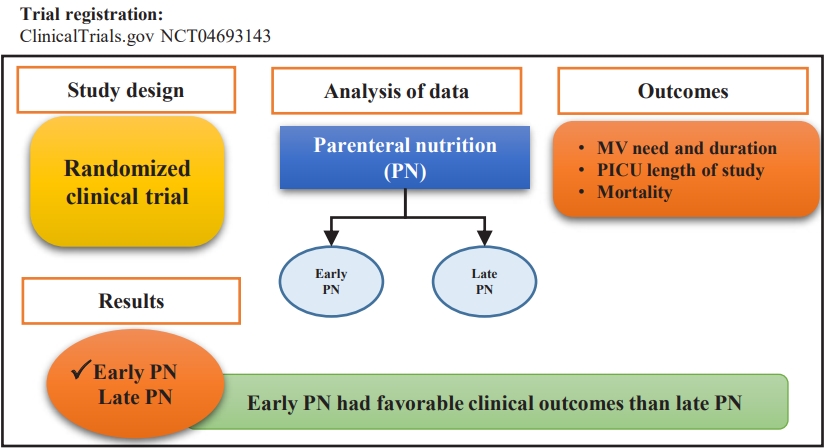
Question: What is the ideal initiation timing of parenteral nutrition for critically ill children?
Finding: This randomized clinical trial of 140 children examined the effects of an early or late start of parenteral nutrition on mechanical ventilation need (primary outcome) and length of stay and mortality (secondary outcomes).
Meaning: Children who received early versus late parenteral nutrition had lower mechanical ventilation need and duration.
- Neurology
- Need for palliative care from birth to infancy in pediatric patients with neurological diseases
- Raffaele Falsaperla, Silvia Marino, Carla Moscheo, Lucia Giovanna Tardino, Simona Domenica Marino, Concetta Sciuto, Piero Pavone, Giovanna Vitaliti, Federica Sullo, Martino Ruggieri
- Clin Exp Pediatr. 2023;66(8):350-356. Published online June 14, 2023
-
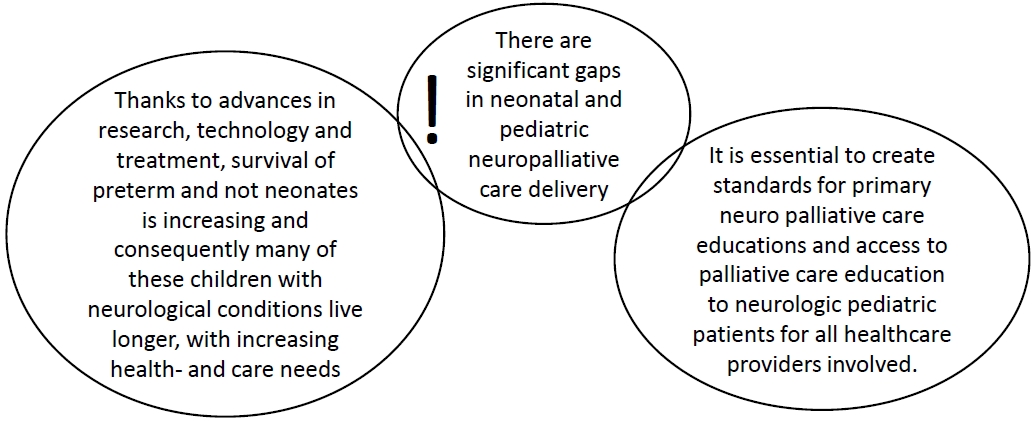
Question: What are the current palliative care protocols, palliative course, and implementable palliative care programs for hospitalized pediatric patients with neurological diseases in Italy?
Finding: We studied 34 newborns with nervous system diseases, all of whom had a poor prognosis.
Meaning: Despite current legislation in Italy, no palliative care network has been implemented. Given the vast number of patients with neurological conditions, standardized palliative care guidelines and protocols are required.
- Review Article
- Neurology
- Pediatric syncope: pearls and pitfalls in history taking
- Jung Sook Yeom, Hyang-Ok Woo
- Clin Exp Pediatr. 2023;66(3):88-97. Published online February 15, 2023
-
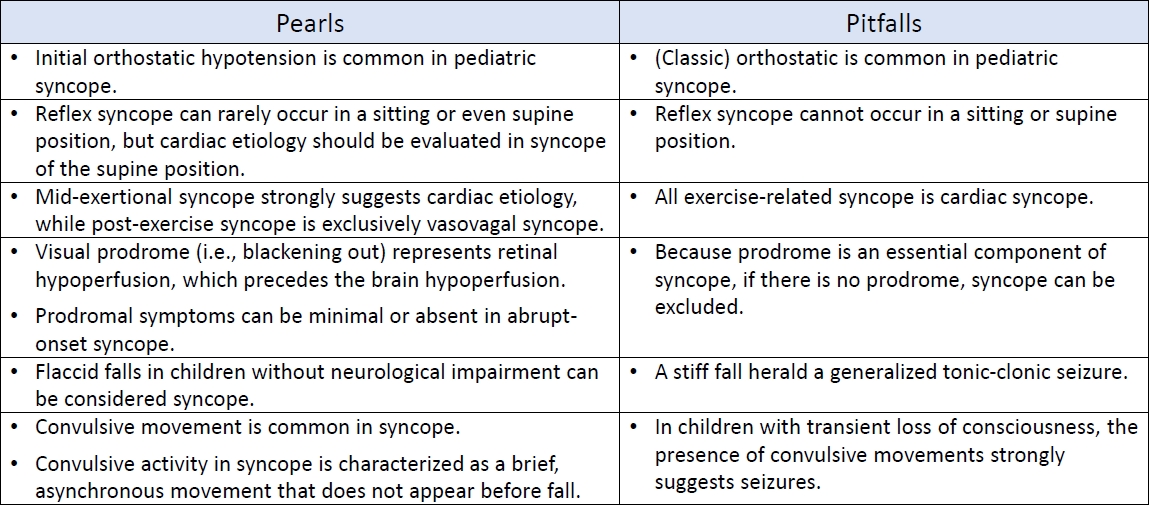
An accurate diagnosis depends on correct history taking and its interpretation. An in-depth understanding of the symptoms of syncope in connection with its pathophysiology can lead to avoiding critical pitfalls in the diagnostic process of history taking.
- Gastroenterology
- Liver fibrosis in children: a comprehensive review of mechanisms, diagnosis, and therapy
- Elif Ozdogan, Cigdem Arikan
- Clin Exp Pediatr. 2023;66(3):110-124. Published online December 19, 2022
-
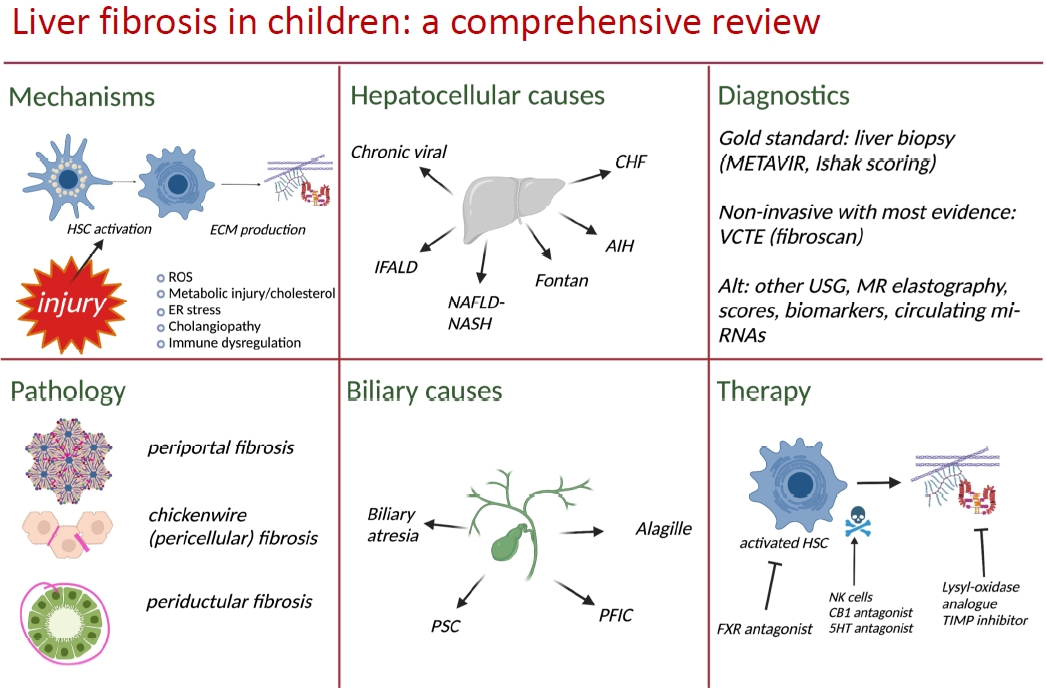
· Chronic liver diseases in children are heterogenous but converge in the common pathway of fibrosis.
· Much of the literature on mechanisms of fibrogenesis focus on adults but pediatric physiology has documented differences.
· Understanding of these distinctions are necessary to define, treat, and prevent fibrosis.
· Current management of liver fibrosis relies heavily on liver biopsy. Multiple tools have shown high diagnostic performance in pediatric and adult populations. Large, multicenter studies are needed for validation.
- Original Article
- Gastroenterology
- Ability of polymicrobial probiotic and mono-strain probiotic to reduce functional abdominal pain in children: a randomized clinical trial
- Seyed Sajad Jafari, Seyed Mojtaba Hashemi, Bahman Sadeghi, Amir Almasi-Hashiani
- Clin Exp Pediatr. 2022;65(12):589-594. Published online October 31, 2022
-
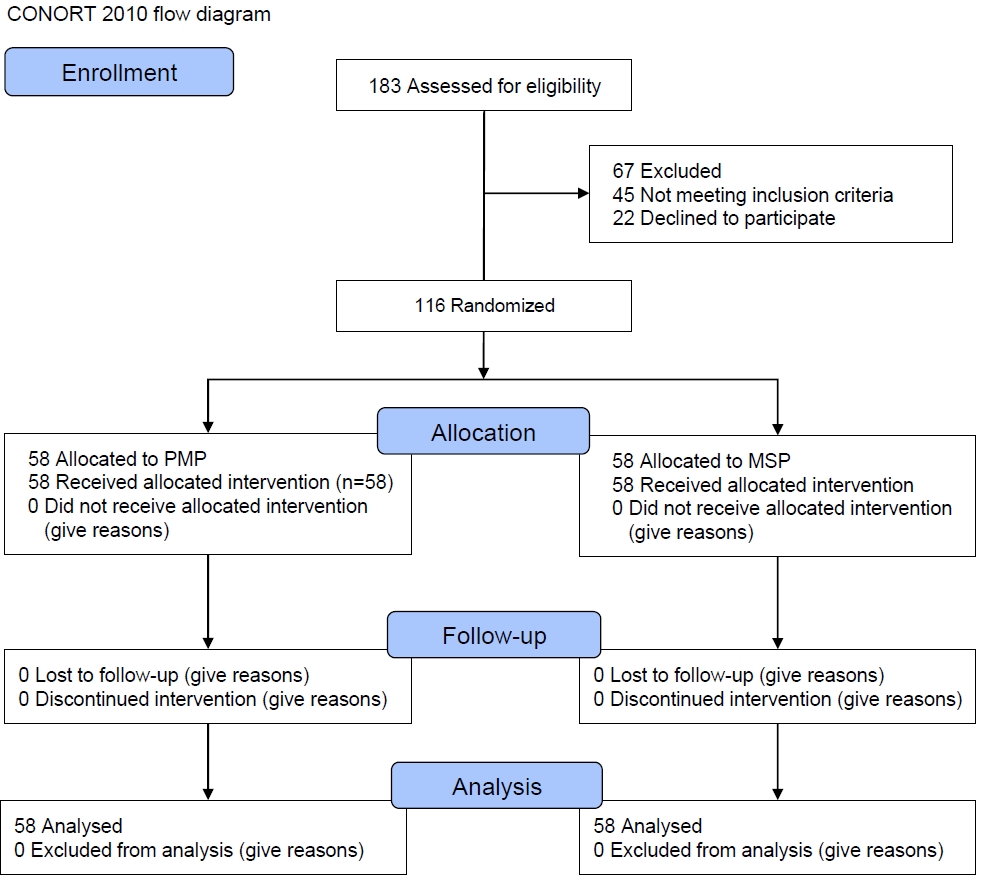
· This study compared the ability of 2 probiotics to reduce and improve functional abdominal pain (FAP) in children.
· In the polymicrobial probiotic (PMP) group, 10.34% of children reported no pain; in the mono-strain probiotic (MSP) group, all patients reported low-degree pain. The mean pain score decreased significantly over time in both groups.
· The use of both PMP and MSP is recommended to reduce pain in patients with FAP.
- Review Article
- Critical Care Medicine
- Ferritin in pediatric critical illness: a scoping review
- Ivy Cerelia Valerie, Anak Agung Sagung Mirah Prabandari, Dyah Kanya Wati
- Clin Exp Pediatr. 2023;66(3):98-109. Published online September 16, 2022
-

The number of studies on ferritin predictive ability in pediatric critical illness has grown exponentially over the past 2 decades. However, among the 66 of 1,580 studies analyzed here, summary statistics for overall and condition-specific studies were only reported in 45.4% and 71.2%, respectively. In contrast, ferritin as a categorical variable with a preset threshold was a significant predictor in 84.6% of studies.
- Original Article
- Nutrition
- Survey of Korean pediatrician’s perceptions of barriers to and improvements in breastfeeding
- Seong Phil Bae, Woo Ryoung Lee, Won-Ho Hahn, Hye-Jung Shin, Young Min Ahn, Son Moon Shin, Yong Joo Kim, Ellen Ai-Rhan Kim, Youn Jeong Shin, Dae Yong Yi, Soon Min Lee, Juyoung Lee, Jin A Lee, Sung-Hoon Chung, Euiseok Jung, Eui Kyung Choi, Ju Sun Heo
- Clin Exp Pediatr. 2022;65(11):540-546. Published online July 29, 2022
-
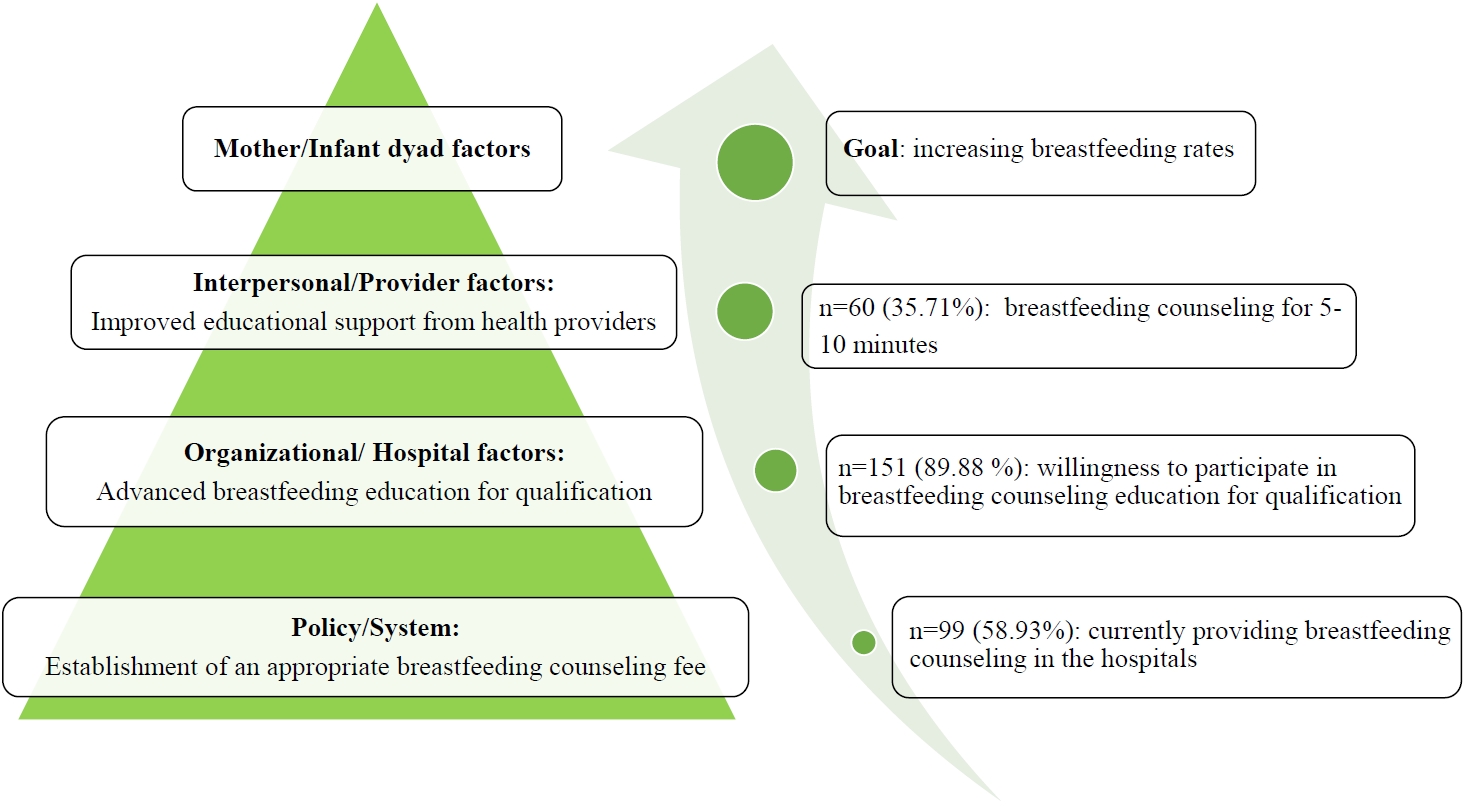
Question: What barriers to breastfeeding do Korean pediatricians perceive?
Finding: Regardless of medical institution, breastfeeding counseling for parents is currently limited, and breastfeeding is commonly discontinued due to various maternal and neonatal factors.
Meaning: To promote breastfeeding, increasing pediatrician participation in breastfeeding counseling with the establishment of appropriate breastfeeding counseling fees and the expansion of practical and high-quality breastfeeding education for medical staff should be considered.
- Review Article
- Other
- Epidemiology of pediatric fractures before versus during the coronavirus disease 2019 pandemic
- Chi Hoon Oh, Siyeong Yoon, Kyung Rae Ko, Young Woo Kwon, Kyeong Mi Kim, Hyun Seo Park, Hogyeong Kang, Inseok Jang, Soonchul Lee
- Clin Exp Pediatr. 2022;65(7):330-336. Published online June 3, 2022
-

∙ The novel coronavirus disease 2019 (COVID-19) was first reported in December 2019 as a cluster outbreak in Wuhan, since then, national lockdowns have included school closures, stay-at-home orders.
∙ The characteristics of adolescent fractures were often related to physical activity such as sports-related injury.
∙ During the COVID-19 pandemic, both in the East and the West, the incidence of fractures in children and adolescents is showing a decreasing trend worldwide.
∙ Fractures in children and adolescents were significantly reduced in the proportion of relatively low-energy damage, and the incidence of fractures in adolescents with greater activity compared to children was reduced.
∙ If COVID-19 pandemic ends, normal academic and sports activities increase due to the easing of lockdown policies, the number of trauma patients related to increased activity may increase rapidly, and clinics should prepare for this change.
-

-
-
8.02023CiteScore94th percentilePowered by
-
Impact Factor3.2
-
- TOPICS
- ARTICLE CATEGORY
- Editorial Office
-
Korean Pediatric Society
#1606 Seocho World Officetel, 19 Seoun-ro, Seocho-ku, Seoul 06732, Korea
Tel: +82-2-3473-7306 Fax: +82-2-3473-7307 E-mail: office@e-cep.org
Clinical and Experimental Pediatrics is an open access journal. All articles are distributed under the terms of the Creative Commons Attribution NonCommercial License (http://creativecommons.org/licenses/by-nc/4.0/)
Copyright © 2025 by Korean Pediatric Society.











